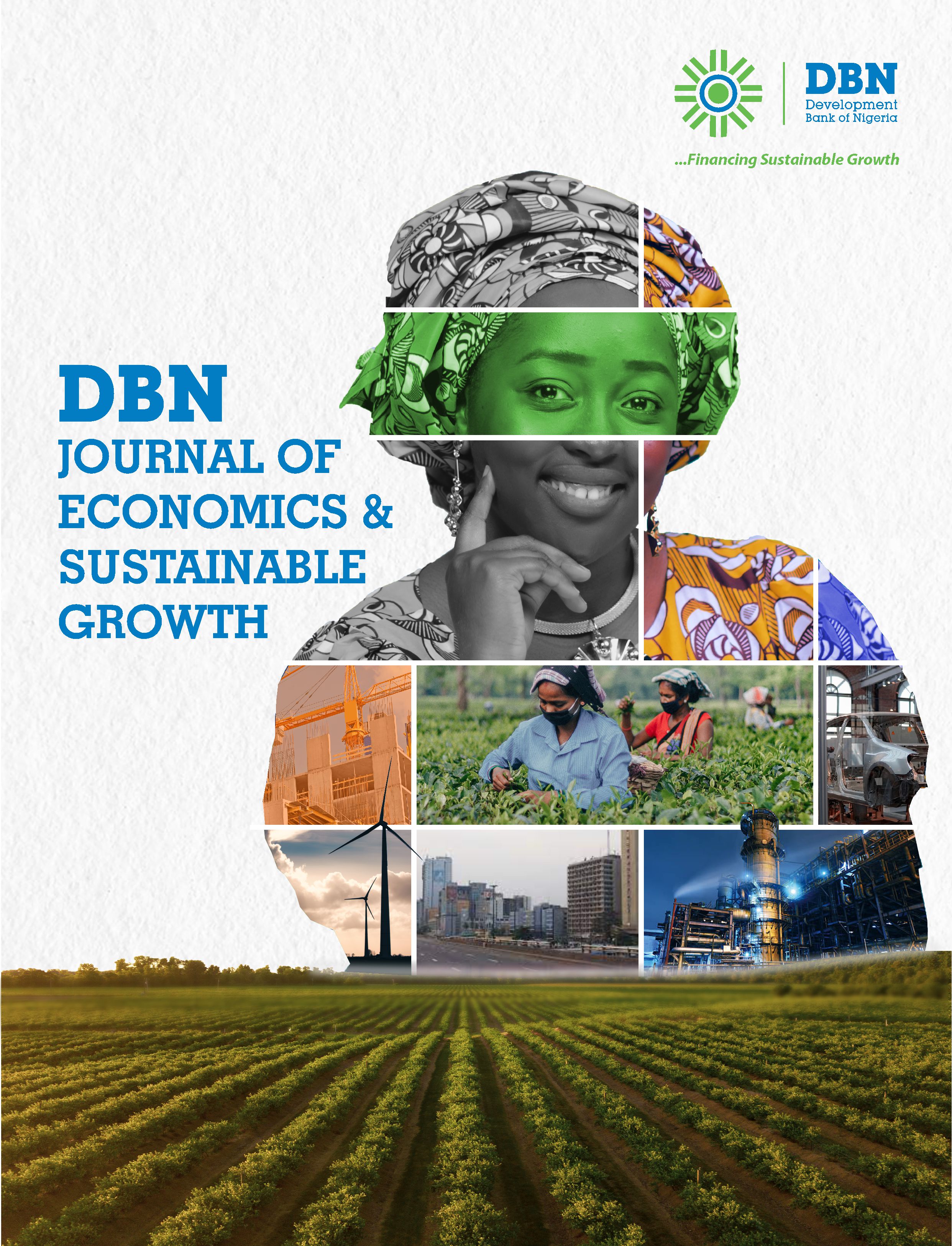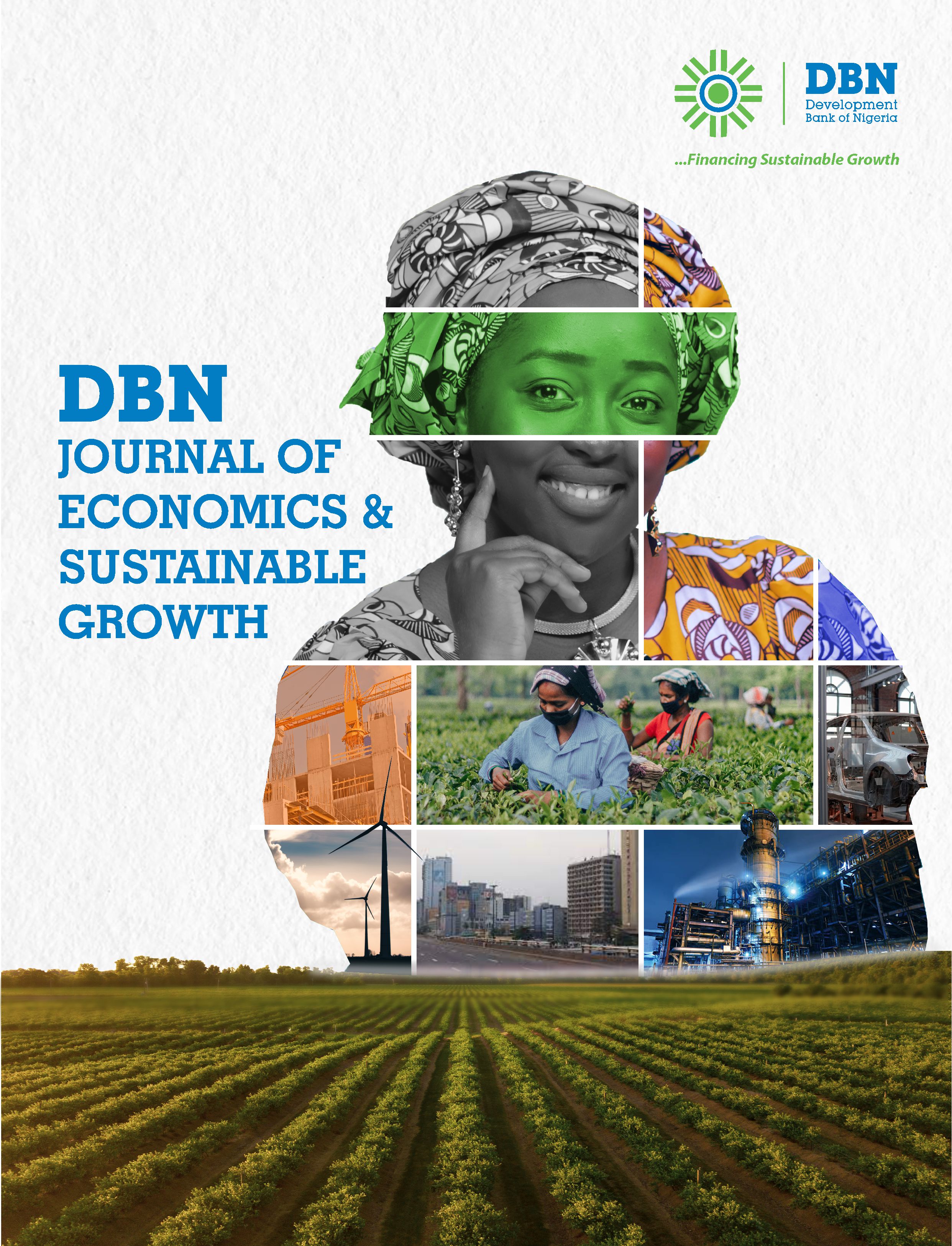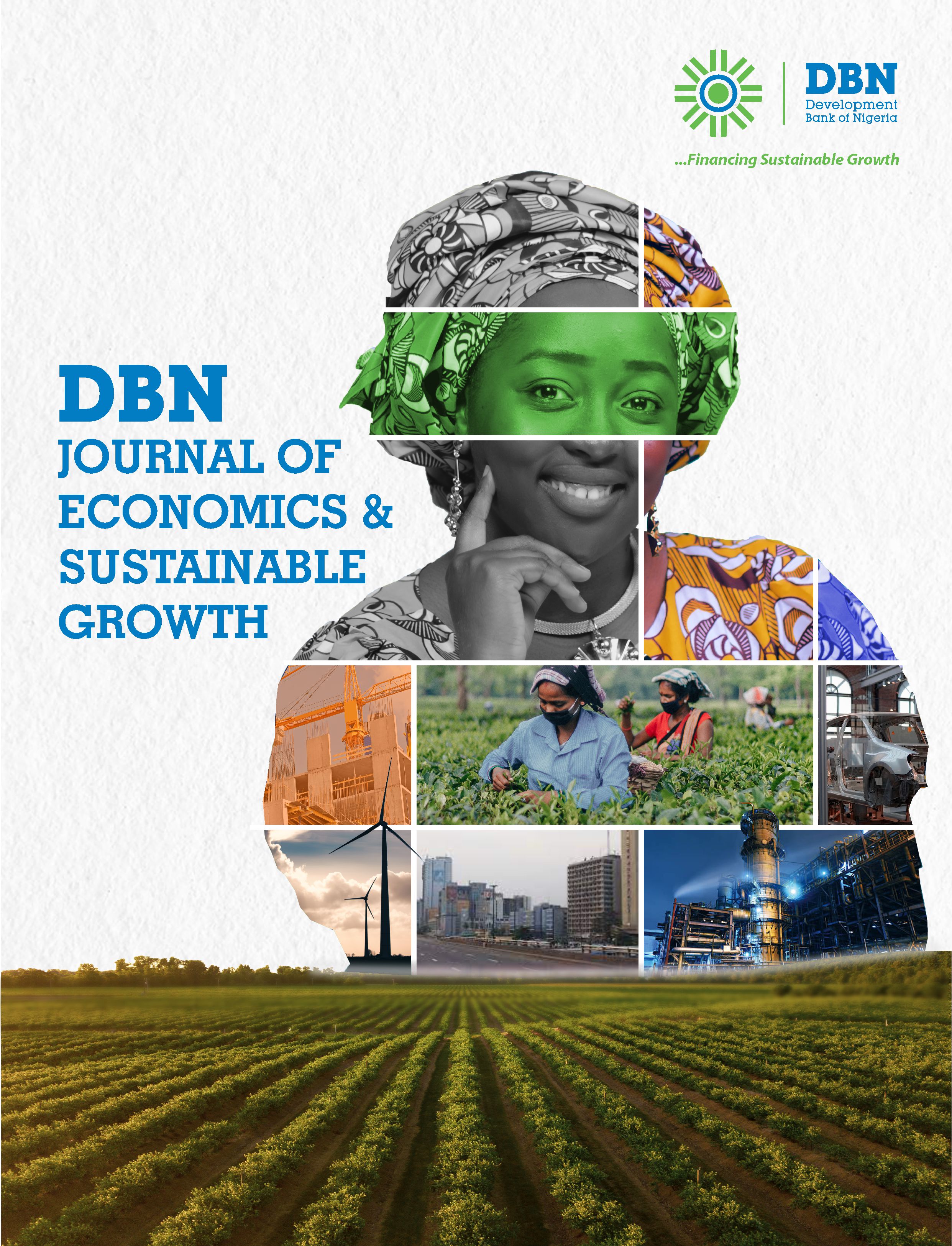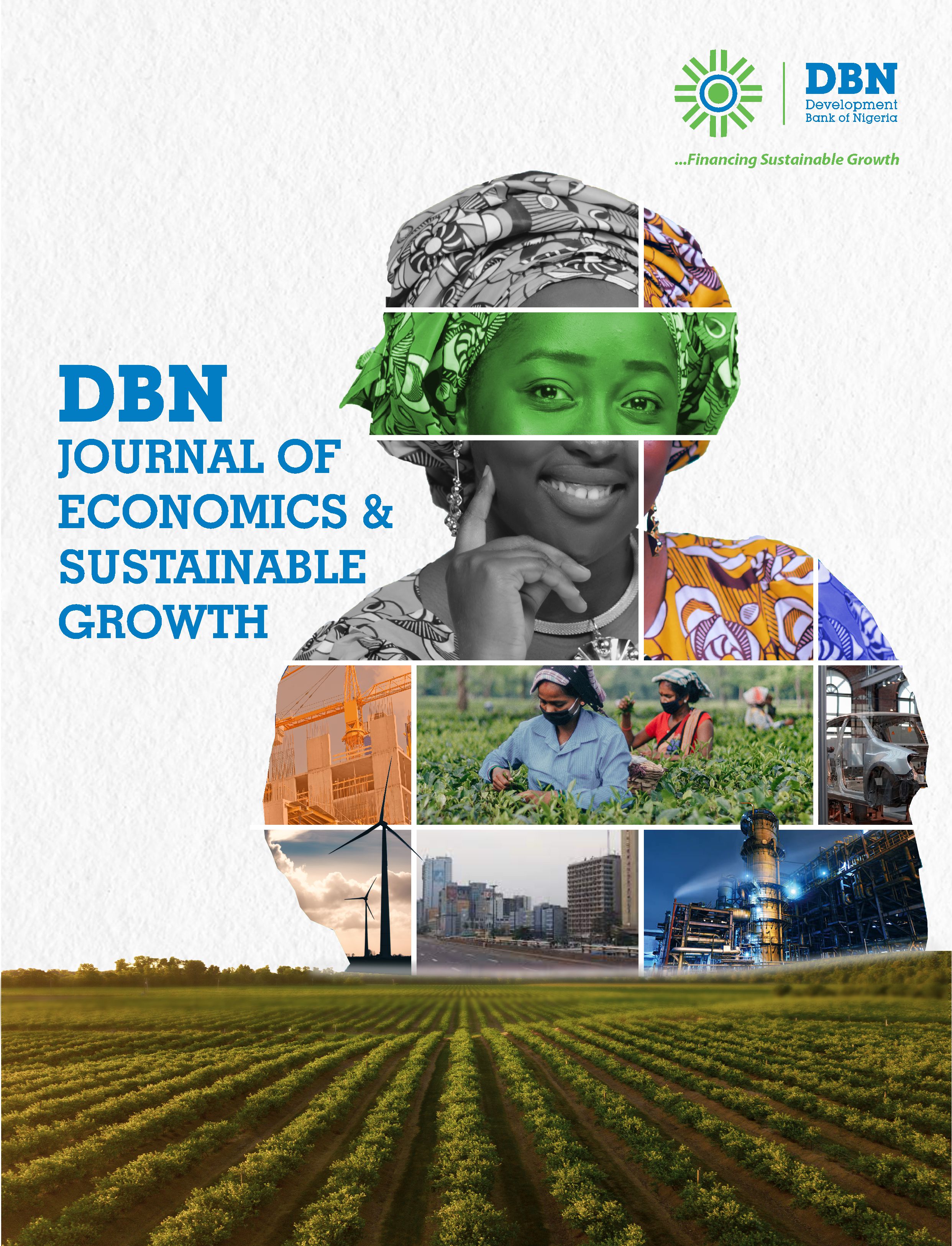
Publication Information
Published by: Admin
Published: 1 year ago
View: 286
Pages: 24
ISBN:
Abstract
A limited number of studies have sought an optimal modeling approach to capture the dynamic interplay between capital flight and the economic growth of Nigeria. Most of these studies have traditionally relied on the assumption of a linear relationship to characterize the behavior within the capital flight-growth nexus. In a departure from prior literature, this study, spanning the years 1980 to 2023, employed non-linear autoregressive distributive lagged (NARDL) analysis, aiming to scrutinize the impact of capital flight on Nigeria's economic growth. The study unearthed a nuanced relationship between economic growth and both positive and negative changes in capital flight. Negative changes (capital inflows) were found to enhance growth in both the short and long term, while positive changes (capital outflows) hampered growth. The dynamic multiplier of positive and negative changes in capital flight further illustrates this asymmetry. The red line, encompassing the upper and lower bounds of the 95% confidence intervals, highlights that GDP responds more positively to a positive shock than to a negative shock of capital flight. Hence, to address the asymmetric impact of capital flight on economic growth, immediate measures like tightening regulations and enhancing institutional integrity are necessary. Additionally, implementing long-term strategies such as boosting investor confidence and undertaking structural reforms is vital for sustainable economic development and mitigating capital flight over time.
Sebil Olalekan Oshota
Related Publications

VOLUME 6 ISSUE 2 2024
Nexus of Poverty Alleviation, Entrepreneurship, and Economic Growth: A Comparative Analysis

VOLUME 6 ISSUE 2 2024
Industrial Sector Performance – Poverty Reduction Nexus in Nigeria: The Moderating Role of Financial Development

VOLUME 6 ISSUE 2 2024
Information and Communication Technology Adoption and Financial Development in a Digital World: Empirical Analysis from Nigeria
